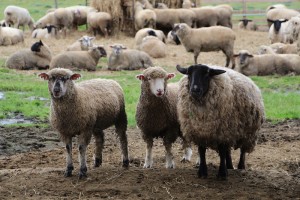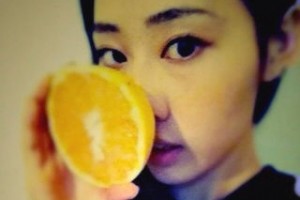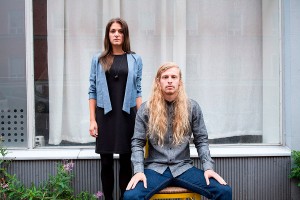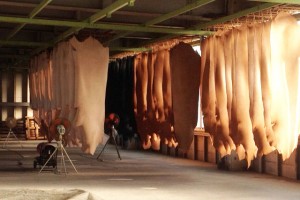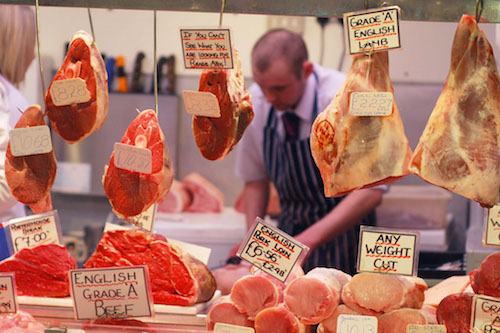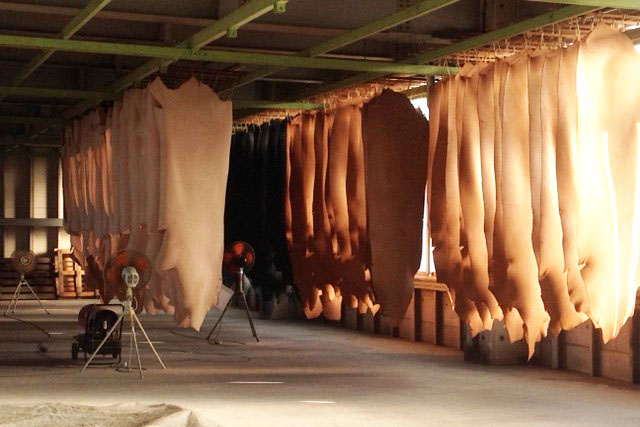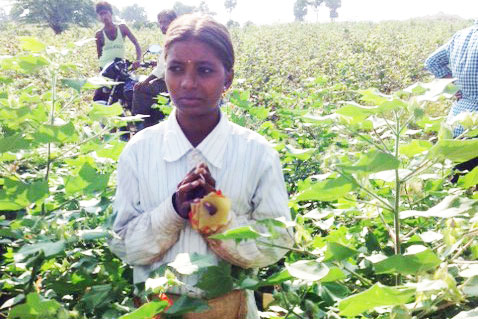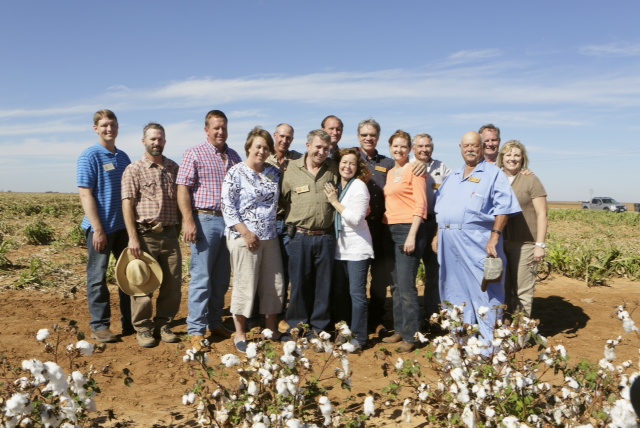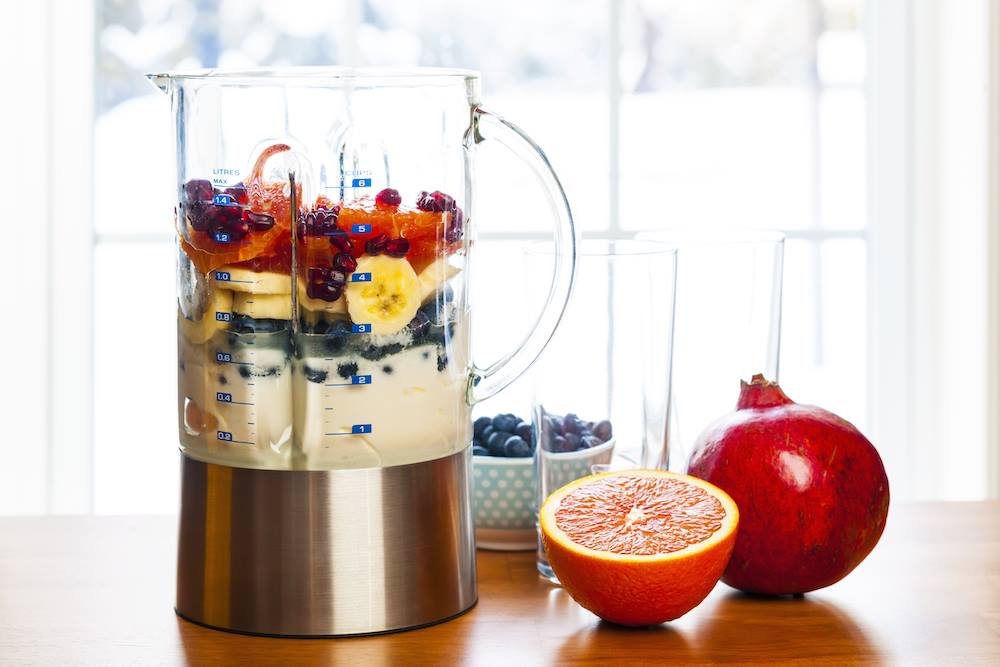In 2013, when I visited the trade show specializing in organic products, “BIOFach Japan Organic EXPO,” a man from an organic cotton textile company told me that I should be more interested in the seeds.
“Kyoko, it is important to know about agriculture, but as well, please study seeds,” he said, advice that made a big impression on me. But the first time I was able to connect the dots between everything organic and seeds was the year after that. I found a featured article about food inside the magazine The Big Issue Japan (6/1/2012). The title was “Think the Future of Food from Seeds.”
Until then, I didn’t even think of questioning how vegetables are grown; plant flowers produce fruit, fruit releases seeds that makes another flower plant… and that will go on and on, just like dandelions in the garden. That was how I learned the life cycle of plants in school.
But this theory, which I considered so normal and natural, is less and less often the case. This “normal” cycle only works for pure-breeding plants, which are already very scarce on the earth. Most of the vegetables in grocery stores are grown from F1 hybrid seed.
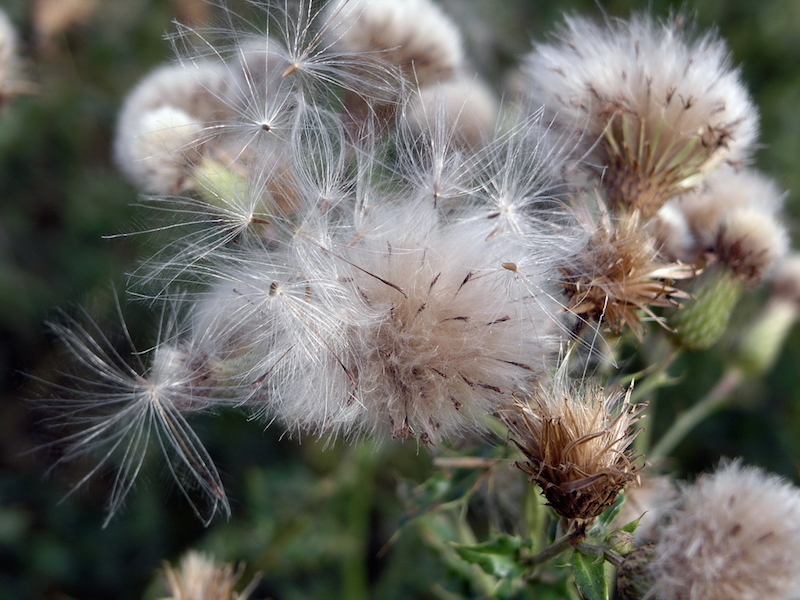
Some rights reserved by Peter Schauer / Via Flickr
What Are F1 Hybrid Seeds? Benefits and Disadvantages
An F1 hybrid is the first filial generation from the cross-pollination of dissimilar parent plants. As is common with Mendel’s Law, the crossbred F1 generation will show a combination of the dominant phenotypes of parents that is consistent. Also, due to heterosis, the F1 hybrid has rapid growth, and the quantities of seeds produced increase. What’s more, since vegetables from F1 hybrid seeds are consistent in shape and color, it is easy for farmers to plan the harvesting and packing schedule. This became an economic advantage, and F1 hybrid seeds were manufactured.
There are several methods to produce F1 hybrid seeds. The major types are: (1) emasculation, in which stamens are removed before anthers are mature, (2) controlling self-incompatibility by CO2 gas treatment, and (3) the usage of sterile male plants.
However, the only offspring that could acquire the advantage of crossbreeding is the first generation. Offspring beyond the first generation do not grow like their parents; therefore, farmers are obliged to buy F1 hybrid seeds every year. (Moreover, due to the seeding law, farmers are restricted from gathering and growing the offspring of patented F1 seeds.)
Farmers have the risk of losing all their crops, if they would get infected with harmful insects when grown from F1 hybrid seeds. This is only a thought, but F1 seeds may be vulnerable compared to purebred seeds, which successfully preserved their species for generations.
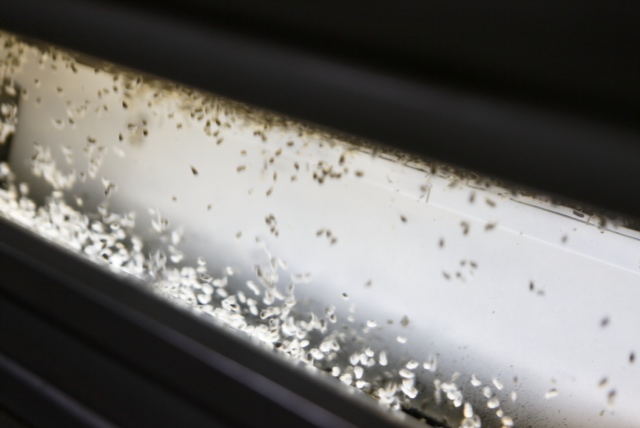
Seeds of organic cotton. For organic cotton, seeds are selected to be kept for next season. On the contrary, GM seeds are required to return to seed company (From NO.5 “A Visit to an Organic Cotton Farm in Texas” Courtesy of AVANTI)
Although there have been great innovations in technology, I could not get rid of the uncanny sense humans were creating phenomena that didn’t exist under natural circumstances. I also read and found that common vegetables such as cabbages, lettuce, and broccoli were also a derived form of kale. It seems that humans have evolved vegetables for a long time.
Pure-breeding Seeds and the F1 Hybrid Have Different Life Cycles
During the Spring of 2013, I attended a lecture on seeds. We were able to visit an organic farm growing pure-breeding seeds with a non-chemical farming method. There, I found how soil is different compared to “normal” farming.
Vegetables grown in soil with a natural farming method were warm and soft. Since no chemicals are scattered, necessary bacteria are active in the soil. Also, pure-breeding seeds are capable of taking in more water with their own roots. Roots grow in the soil with a larger area compared to that of normal vegetables. This is another reason that pure-breeding seeds don’t require fertilizers.
In Japan, as long as the organic farming method is followed, vegetables are labeled “organic,” which would be disqualified according to European regulations. Growing F1 hybrids with the organic method is difficult. They have shorter roots, but if farmers apply more fertilizer to compensate for this disadvantage, the soil will be nitrogenated. Excess nitrogen will then transform into nitrite nitrogen, which is considered hazardous to human health, being absorbed into the soil. In any case, I think it could be said that humans will end up paying for the artificial modifications we’ve done to nature.
Not many consumers are interested in this issue, but it seems to be one-dimensional to praise organic food without thinking one step further about seeds.
The World’s Moving to GM Seeds
Human societies are moving to genetically modified seeds. Last year, I saw two documentaries: “Monsanto: Seeds of Death” and “Le Jour ou le Monde ne Pourra Plus Nous”.
Genetically modified seeds are sold bundled with chemicals. The seeds are modified so they will not be withered by the herbicide bundled with them. Using GM seeds is equivalent to using chemicals. This will harm the ecosystem’s soil, which will lead more use of fertilizer. Another harmful cycle is born.
Originally, humans were satisfied with fertile soil and pure-breeding seeds. What made agriculture change? I think it was consumers’ “pure” desire to eat good food, anytime, anywhere. Companies responded to our demand by developing methods to control nature, and farmers simply chose to follow. Maybe something will change if consumers understand more about the work of bacteria and the value of natural pure-bred seeds.
I have heard that 80% of all cotton farming uses GM seeds. Organic cotton requires the use of pure-bred seeds. Choosing organic cotton means preserving pure-bred seeds and passing them on to the next generation.





